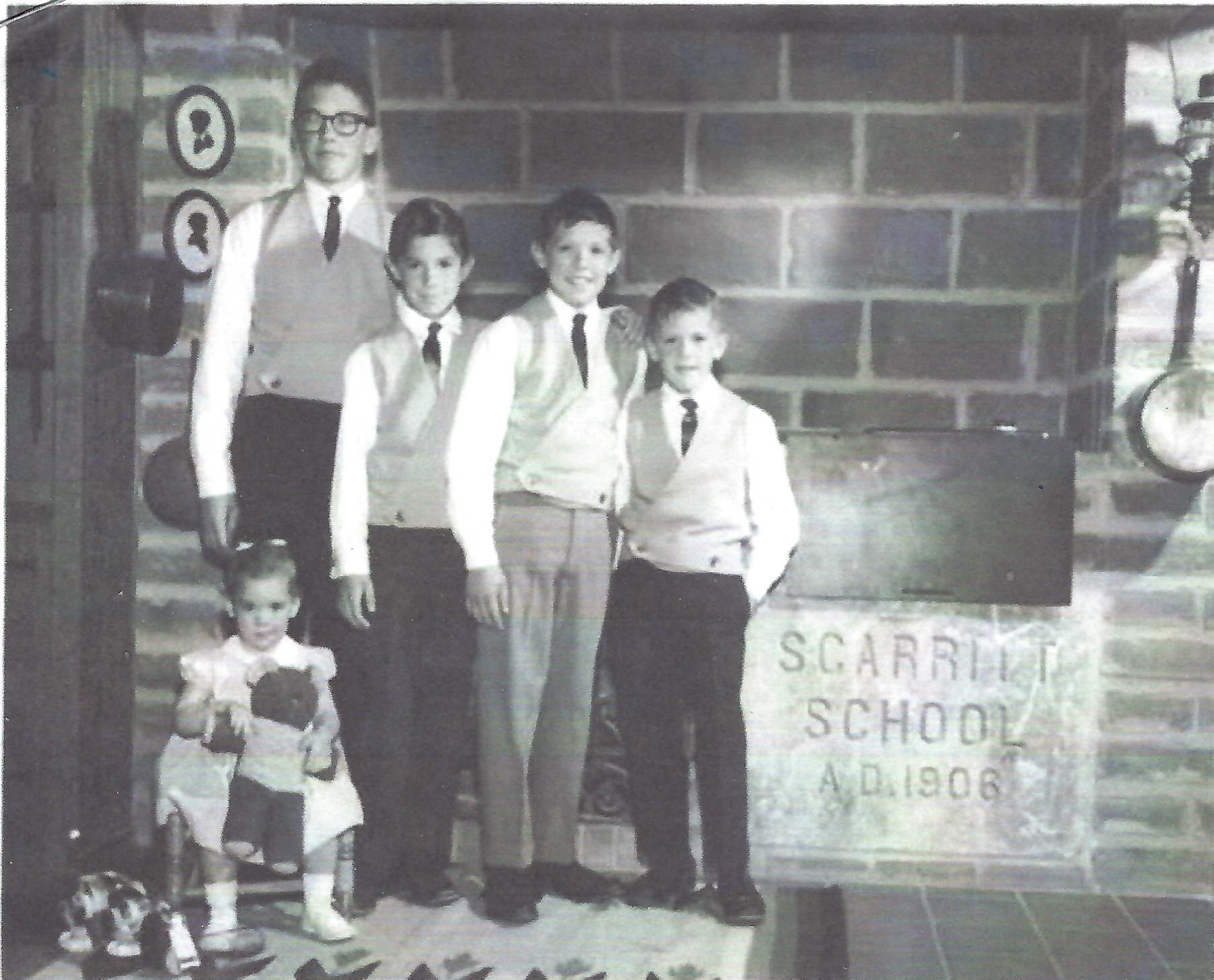Michael Bushnell
Northeast News
Print advertisements placed by the Oldsmobile Company in 1939 tout the new Olds “60” as the “car that tamed the Belgian Block,” referring to how well the car’s new style of suspension “tamed” the cobblestone streets that were so prominent prior to the advent of modern asphalt that covered over so many brick streets throughout the United States.
This week’s postcard is a black and white photo postcard advertising the new Oldsmobile “60” Sedan, shown here featuring: “Oldsmobile rhythmic ride© based on four way stabilization and delivered to you for as little as $923.75. Coupe $850.00. Before you buy any car, be sure you drive this sensational new low priced Olds. Visit the Kansas City Motor Company at 17th & McGee.”
Four models were available in the United States — the two-door Business Coupe, a two-door Club Coupe, the two-door Sedan and the four-door Sedan. The “rhythmic ride” was actually developed two years prior by the Hudson Automobile Company and referred to a new “radial safety control”/“rhythmic ride” suspension, which suspended the live front axle from two steel bars, as well as from leaf springs. Doing this allowed the use of longer, softer leaf springs (“rhythmic ride”), that prevented bumps and braking from moving the car off course.
For many years, McGee Avenue between Truman Road (15th Street) and 20th Street was known as “Motor Row” due to the high number of automobile dealers located along that stretch of roadway. The Kansas City Motor Company later became Sullivan Chevrolet. Central Pontiac was located at 18th Street and McGee Avenue, Walsh Motors at 23rd Street and McGee Avenue, Erwin Davis Nash (later Lawler Nash) at 19th Street and McGee Avneue, and the list goes on and on. By today’s standards, Noland Road’s “miracle mile” would be comparable.
The card was mailed to Miss Marie L. Carr, 4201 Holmes on Feb. 3, 1939.




















